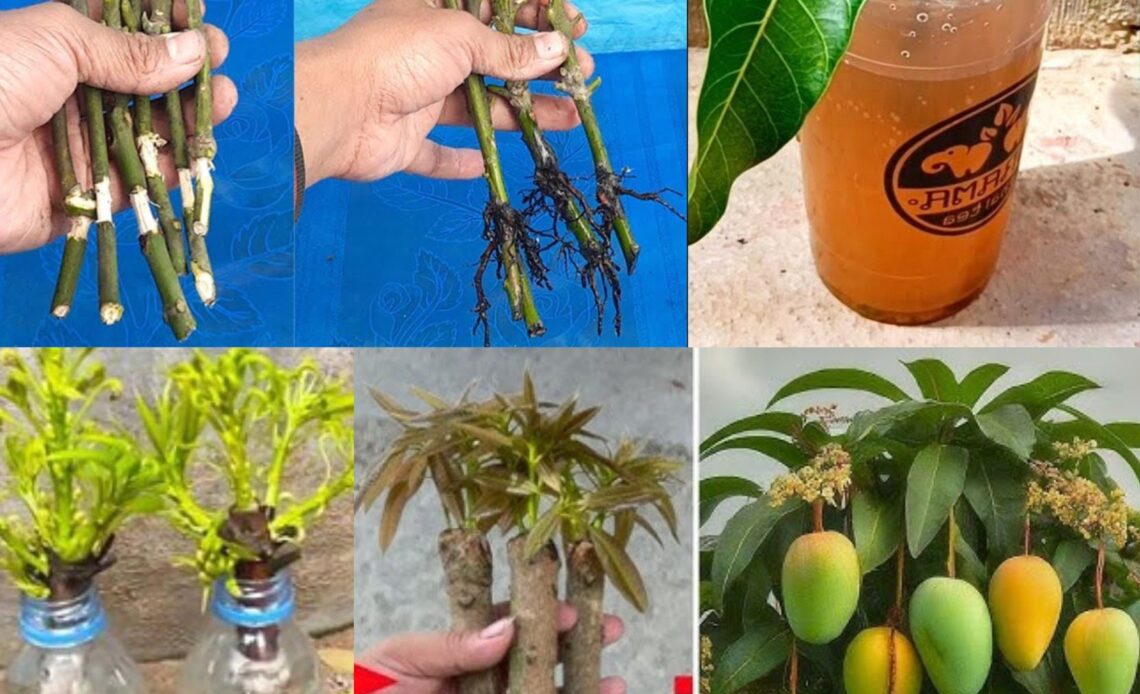Mangoes are one of the most loved tropical fruits worldwide, cherished for their sweet, juicy flesh and unique taste. If you’ve ever wanted to grow your own mango tree but don’t have the space or time to start from a seed, there’s good news. It’s possible to grow a mango tree from cuttings, and the process is easier than you might think. While growing mango trees from seeds can take several years to bear fruit, propagating them from cuttings is a faster method, giving you a head start. This method works especially well when done using water propagation, which simplifies the process and makes it accessible even for beginners. In this guide, we’ll walk you through the step-by-step process of growing mango trees from cuttings in water.
### Understanding Mango Tree Propagation
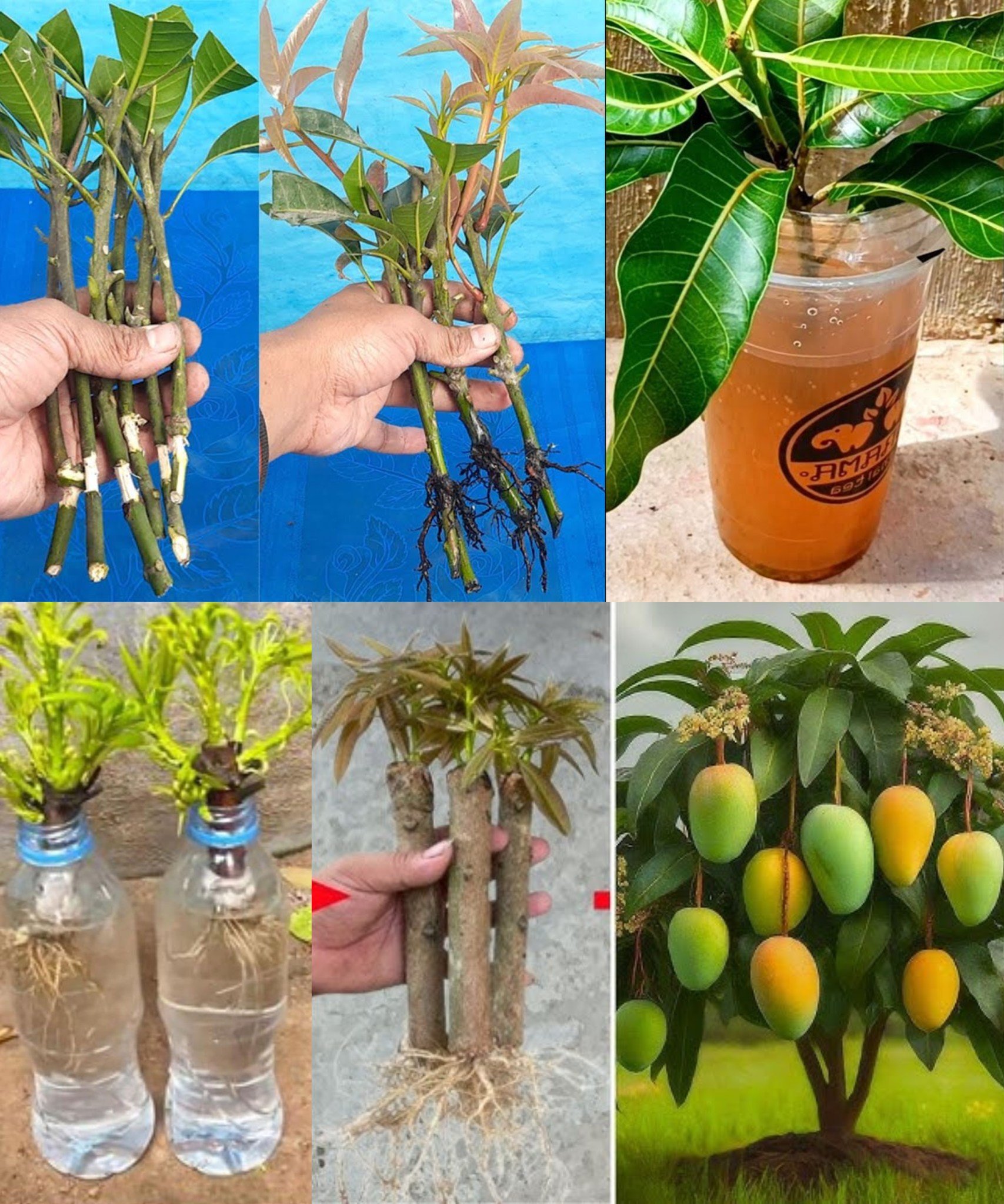
Propagation is the process of growing new plants from an existing plant. When it comes to mango trees, propagation through cuttings is a method that involves taking a section of a mature tree’s branch and encouraging it to root in water or soil, eventually growing into a new tree. This method is widely preferred over growing mangoes from seeds because it preserves the genetic characteristics of the parent tree, meaning the fruit from the propagated tree will resemble that of the mother plant. Plus, it can reduce the time it takes for the tree to start fruiting, as grafted or cutting-propagated trees often bear fruit sooner than those grown from seeds.
### Why Grow Mango Trees from Cuttings?
1. **Faster Fruit Production**: While a mango tree grown from a seed can take anywhere from 5 to 8 years to start bearing fruit, a tree propagated from cuttings can begin producing fruit in as little as 2 to 3 years.
2. **Maintaining Fruit Quality**: A cutting from a fruit-bearing mango tree will produce the same type of mango, meaning you can replicate the fruit quality of the parent tree. This is especially beneficial for those who want to propagate a tree with exceptional fruit quality.
3. **Stronger, Disease-Resistant Trees**: Growing a mango tree from a cutting can result in a stronger, more resilient plant compared to a seed-grown tree. The cutting is taken from a healthy, mature tree, so it often has better resistance to pests and diseases.
4. **Space-Efficient**: Mango trees can grow quite large, but by propagating from cuttings, you have control over the size of the tree and can keep it manageable for your available space, especially if you’re growing it in a pot.
### The Materials You Will Need
Before you begin, gather the necessary materials for the water propagation process. Here’s what you’ll need:
– **Healthy Mango Tree**: Choose a mature mango tree with a healthy branch that’s suitable for taking cuttings.
– **Sharp Pruning Shears or Knife**: To take clean, precise cuts.
– **Glass Jar or Container**: A container that can hold the cutting submerged in water.
– **Clean Water**: To fill the container.
– **Rooting Hormone (Optional)**: This can encourage faster root growth, though it’s not essential.
– **Plastic Bag (Optional)**: To create a humid environment for the cutting if desired.
### Step 1: Selecting and Preparing the Mango Cutting
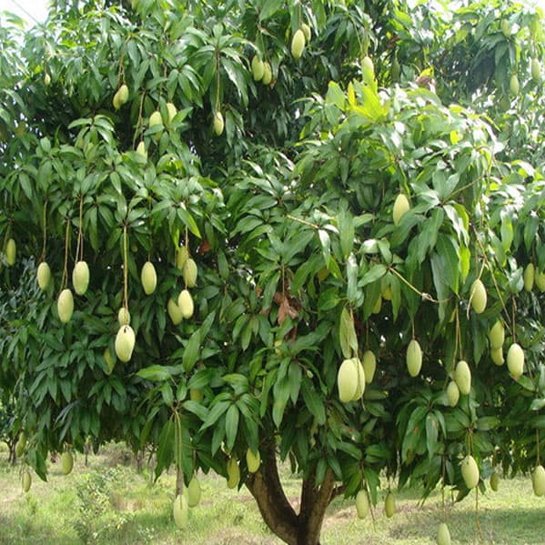
The first step in growing a mango tree from cuttings is selecting a healthy, suitable branch. Look for a semi-hardwood branch that is about 6-8 inches long and has at least a few leaves attached. Semi-hardwood is ideal because it is mature enough to root but not too old and woody. Ideally, the branch should be about 1/4 inch in diameter.
Once you’ve selected the branch, make a clean cut just below a node (the small bump where leaves or new branches grow). Remove any leaves from the lower half of the cutting, leaving a few at the top. This helps prevent the cutting from rotting and makes sure the leaves above the water are free from contact with moisture.
**Optional:** If you want to promote faster rooting, you can dip the cut end of the mango cutting into rooting hormone. Rooting hormones stimulate root growth and can speed up the process. However, this is optional, and mangoes can root successfully without it.
### Step 2: Preparing the Container and Water
Now that you have your mango cutting ready, it’s time to prepare the container. Choose a glass jar or container that is large enough to submerge the bottom half of the cutting but shallow enough to hold it upright. The container should have a narrow opening to support the cutting securely and prevent it from tipping over.
Fill the container with clean, lukewarm water. Make sure that only the bottom half of the cutting is submerged, and the leaves remain above the waterline. This is crucial to ensure that the cutting doesn’t rot from being in constant contact with water.
### Step 3: Placing the Cutting in Water
Place the prepared mango cutting into the container with water. Make sure the cut end is fully submerged, while the leaves are above the water. This ensures the cutting can absorb water and nutrients from the container without rotting.
Put the container in a warm, bright location with indirect sunlight. Mango trees thrive in warm climates, so placing your cutting in a spot that mimics the natural environment of a mango tree will encourage faster rooting. Avoid placing the cutting in direct sunlight, as it can overheat and damage the cutting.
### Step 4: Monitoring and Changing the Water
As your mango cutting starts to root, it’s essential to change the water regularly to keep it fresh and clean. Change the water every 3-4 days to prevent the growth of bacteria or algae. Make sure the cutting remains submerged and doesn’t dry out. It’s normal for the cutting to look a bit droopy at first, but don’t worry; this is a sign that the cutting is adjusting to its new environment.
### Step 5: Encouraging Root Growth
After 2-4 weeks, you should start to see small roots forming at the base of the cutting. This is an exciting sign that your mango cutting is successfully rooting Be patient, as the rooting process can take some time, but don’t disturb the cutting too much during this period.
**Optional:** If you want to create a more humid environment to promote root growth, you can cover the top of the container with a plastic bag. This helps maintain moisture around the cutting, encouraging root development. Just be sure to remove the bag occasionally to allow the cutting to breathe.
### Step 6: Transplanting the Rooted Cutting
Once the roots of the mango cutting have developed to about 1-2 inches in length, it’s time to transplant it into soil. Prepare a small pot with well-draining potting soil. You can use a commercial potting mix, or you can create your own mix with a combination of peat moss, perlite, and sand.
Carefully remove the mango cutting from the water and gently plant it into the prepared pot. Make sure to plant the cutting deep enough that the roots are covered but not so deep that the stem is buried. Water the newly planted cutting lightly to settle the soil around the roots.
### Step 7: Caring for the New Mango Tree
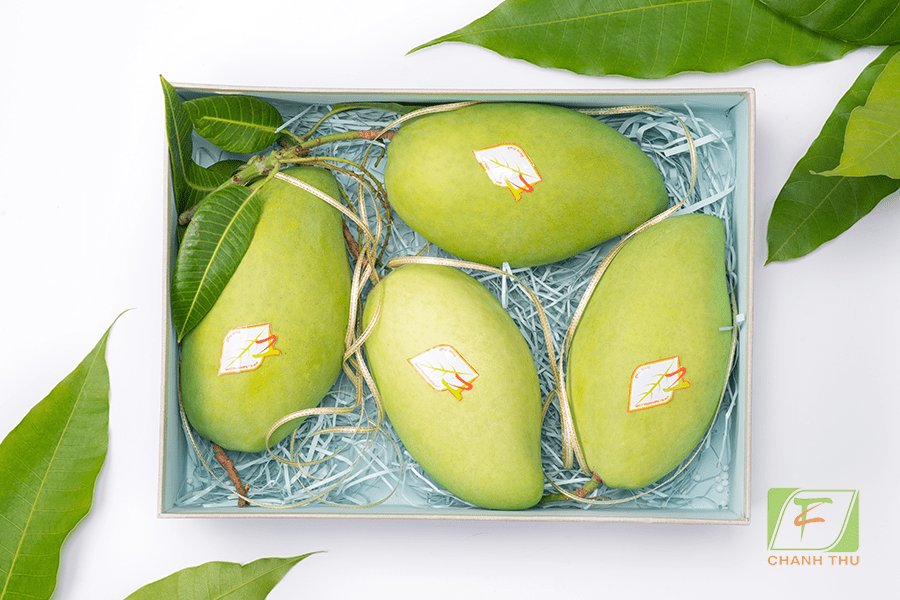
Now that your mango cutting has successfully rooted and been transplanted into soil, it’s time to continue caring for it. Here are a few tips for growing your new mango tree:
– **Sunlight**: Place the pot in a spot with plenty of indirect sunlight. Mango trees need at least 8 hours of sunlight each day to thrive, so make sure your tree gets plenty of light.
– **Watering**: Keep the soil consistently moist but not soggy. Mango trees are sensitive to overwatering, so allow the soil to dry out slightly between waterings.
– **Temperature**: Mango trees prefer warm temperatures between 70-85°F (21-29°C). If you live in a colder climate, it’s best to keep the tree indoors or in a greenhouse during the colder months.
– **Fertilizing**: Feed your mango tree with a balanced, water-soluble fertilizer every 4-6 weeks during the growing season to encourage healthy growth.
### Conclusion
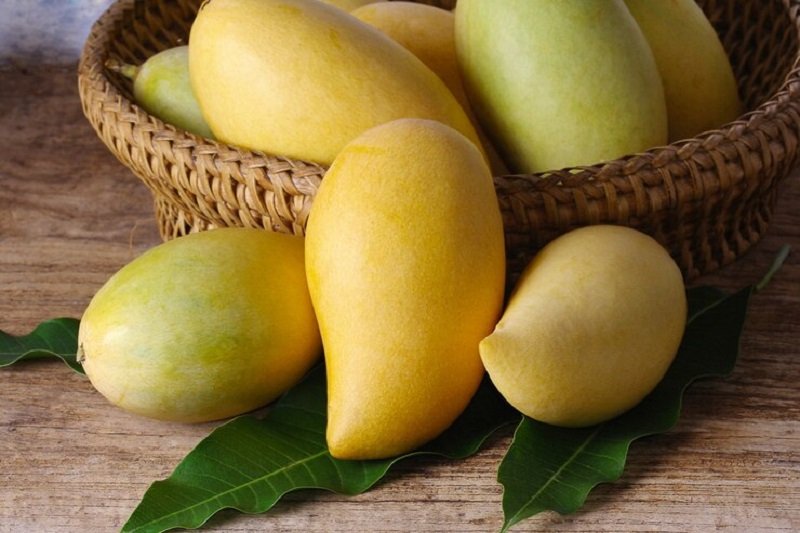
Growing a mango tree from a cutting in water is an exciting and rewarding process. With patience and care, you can propagate your own mango tree and enjoy the fruits of your labor in just a few years. By following the simple steps outlined in this guide, you’ll be well on your way to growing a thriving mango tree in no time. Whether you’re growing your tree indoors or outdoors, propagating mango trees from cuttings offers a faster and more controlled method than growing from seeds, ensuring you can enjoy delicious homegrown mangoes sooner.
Happy gardening, and may your mango tree grow strong and healthy
